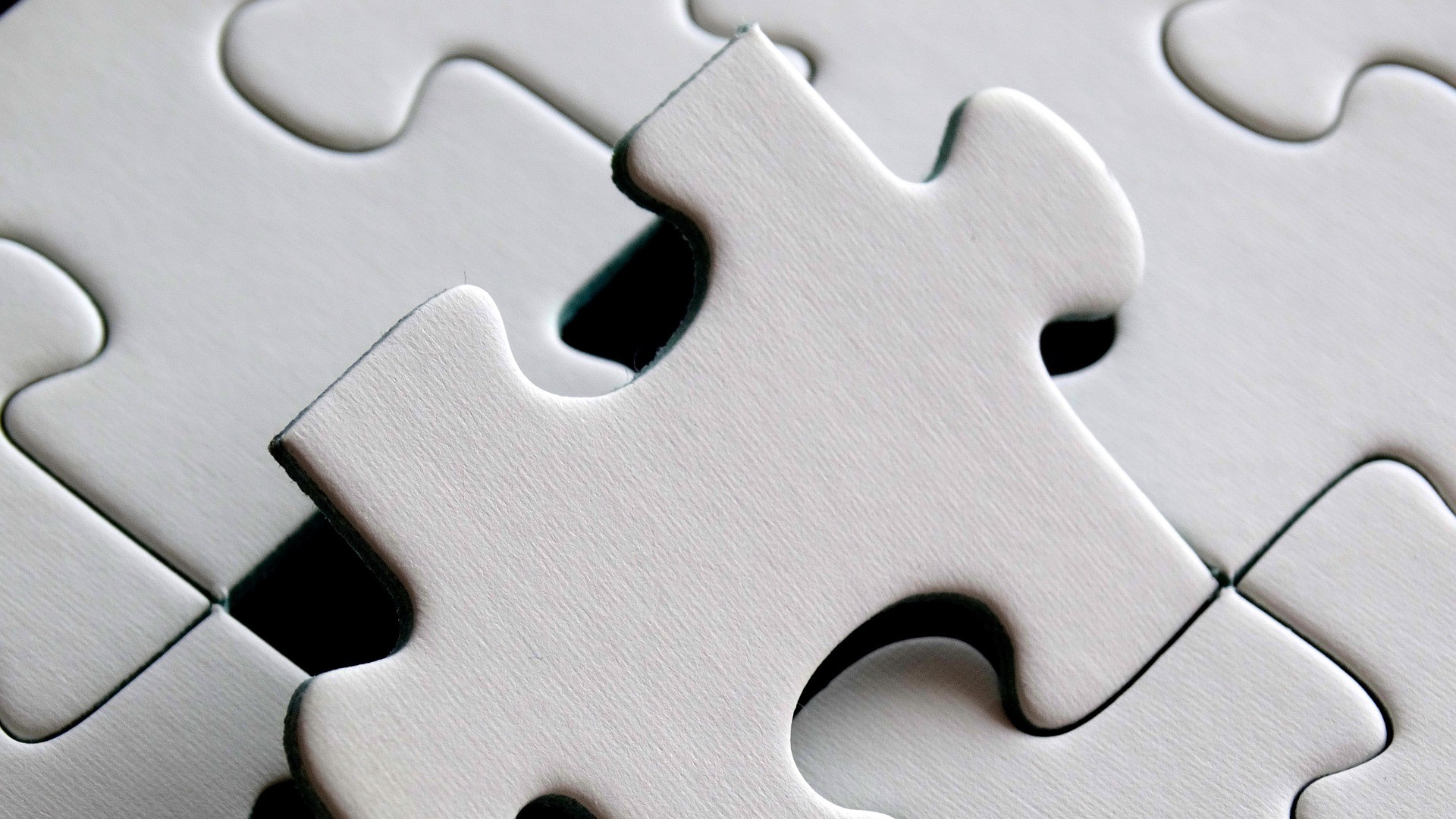A. What gets in the way of solving tough issues together?
Some people would say that it’s egos, but the challenges go deeper than egos. When people are fearful of losing in a negotiation or losing face in a discussion, they lose their best thinking. Their brains shift metabolism from the prefrontal cortex – the executive function — and the cerebral lobes – the creative centers — to the amygdala – the fight, flight, or freeze zone. They go into a pre-programmed, self-protection mode. That’s why adversarial discussions like debates generate more heat than light. They create the conditions that actually diminish constructive brain function. In short, debates make us dumb just when we need to be smart.
B. How can we make great decisions?
If we are going to override our pre-programmed fearful responses, we need to shift our thinking. This is like overriding the default settings on a computer program. If we don’t make changes, we keep getting the same pre-set responses. Decades of experience with thousands of people around the world have shown that carefully following a process focused on best brain thinking enables people to find and implement creative solutions together. We’ve learned that a productive process can trump personalities and politics to yield results, even in deeply divided situations. Most importantly, it engages and keeps participants in a hopeful and constructive frame of mind. In this mindset, they have greater activity in the executive and creative centers of their brains. This is human software for success.
C. What are some examples of this approach in practice?
A group in a top software company that had been debating future products for months agreed in an afternoon upon a shared direction. How? They focused on their shared hopes, listened thoughtfully to identify the critical issue, brainstormed solutions, and engaged everyone in offering both negatives and positives for each option. They shifted from advocates and adversaries to listeners and learners. As a result, they invited new approaches and agreed upon a preferred approach and a backup. Since everyone felt heard and respected, even those whose original ideas didn’t gain traction supported the choices. As documented in the book, “How Great Decisions Get Made,” there are dozens of other transformations including community members in legal battles to families struggling to work together who became agents of hope and found fresh solutions.
